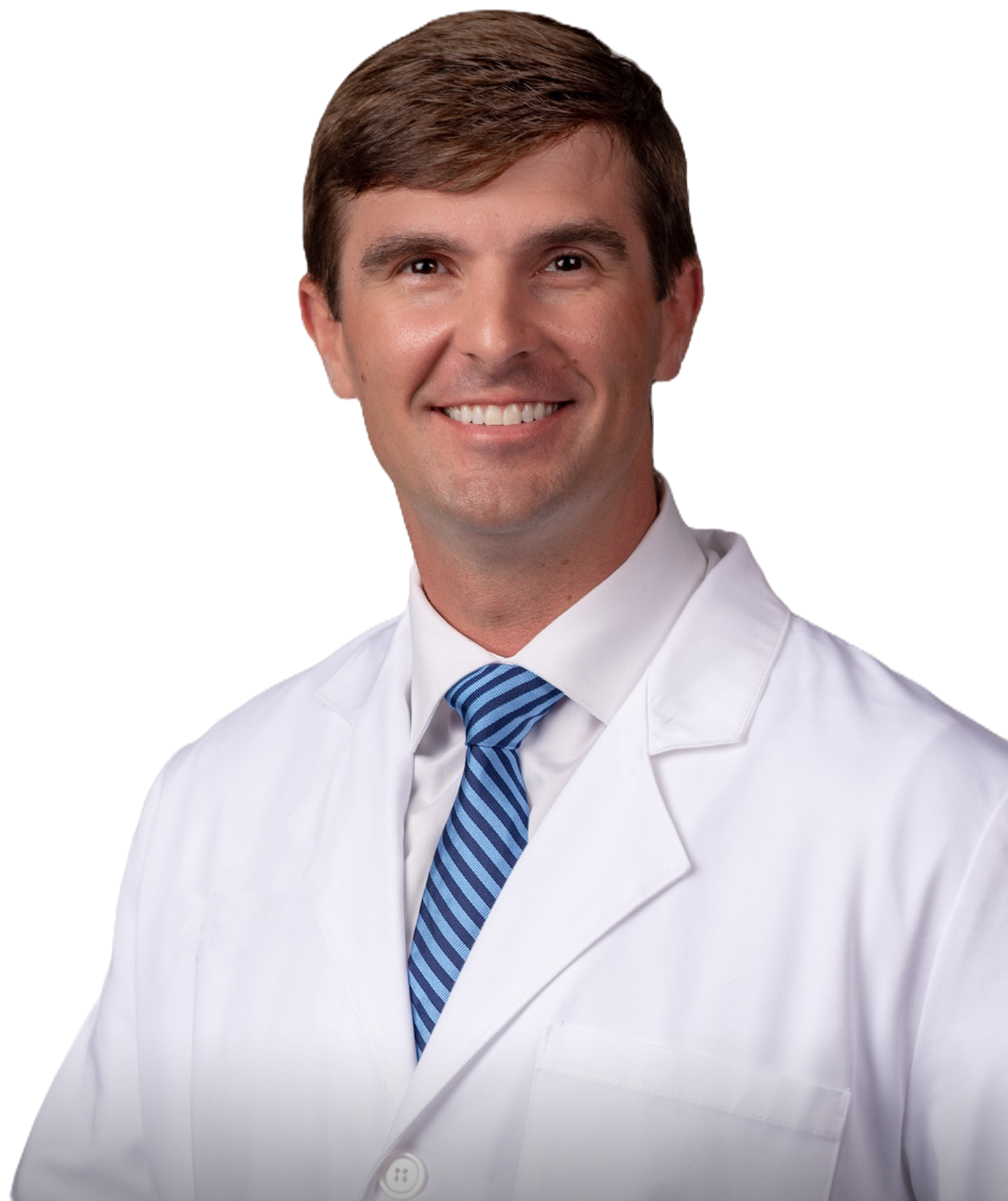The Future of Knee Replacement: Robotics and Precision Surgery
- Dr. Christopher Roberts

- Oct 9
- 2 min read
Discover how MAKO robotic-assisted knee replacement offers precision, faster recovery, and longer-lasting results. Dr. Christopher Roberts explains this advanced technology in Venice, Florida.
A Smarter Way to Replace the Knee
For decades, knee replacement surgery has helped people regain mobility and reduce pain from arthritis. But recent advances in technology have taken precision to the next level. With robotic-assisted knee replacement, surgeons can plan and execute each procedure with remarkable accuracy—customized to your unique anatomy.
The MAKO robotic system delivers more consistent, precise, and personalized knee replacements that help patients return to their active lives faster than ever.
How Robotic-Assisted Knee Replacement Works
Robotic-assisted surgery doesn’t mean a robot performs the procedure—it’s a powerful tool that enhances the surgeon’s ability to perform it.
Here’s how it works:
3D Preoperative Planning: A CT scan of your knee creates a 3D model of your joint. This allows your surgeon to plan implant size, alignment, and positioning with millimeter accuracy before surgery begins.
Intraoperative Precision: During the operation, the robotic arm guides the surgeon’s movements based on the preoperative plan. The system provides real-time feedback to ensure precise bone preparation and ligament balance.
Personalized Fit: Because every patient’s anatomy and motion pattern are different, the robot helps fine-tune alignment and soft-tissue balance to create a more natural-feeling knee.
Benefits of MAKO Robotic Knee Replacement
Patients often notice key advantages compared to traditional methods, including:
Improved Accuracy: The implant is positioned with far greater precision, which can enhance function and longevity.
More Natural Movement: Better balance and alignment often lead to smoother knee motion post-surgery.
Faster Recovery: Many patients experience less pain and swelling, helping them walk sooner and progress through therapy more quickly.
Long-Term Durability: Properly aligned implants reduce uneven wear, improving long-term performance.
Who Is a Candidate?
Robotic-assisted total knee replacement is ideal for patients with:
Moderate to severe knee arthritis
Pain that limits walking, standing, or sleep
Loss of motion or knee deformity
Failure of conservative treatments like injections or therapy
.png)

